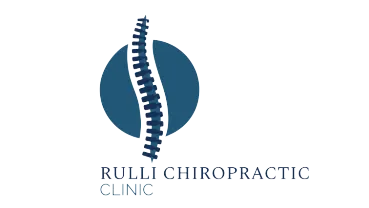Headache Prevention & Treatment
Headaches are more common in adults, although they can develop at any time in life. Approximately 4 out of 5 children have headaches at some point, but most are benign and self-resolving. In fact, many adults who suffer from headaches report having the first headache in childhood.

How Is a Headache Evaluated?
Early diagnosis and treatment are important in identifying a serious underlying cause for your headache. In most cases, an
in-depth history and physical examination can help determine if your symptoms are related to an easily treated problem, or if it is more serious. Your doctor can use other tests that
reproduce the symptoms of your
• day and time of the headache
• headache location
• what the headache feels like
• what you were doing when the headache began
• how long the headache lasts
• what makes it feel better or worse
• anything else you notice before, during, or after the attacks
What Is the Treatment for Headaches?
Headache treatment is cause-related. Doctors of chiropractic often
Over-the-counter pain relievers, such as acetaminophen, can be used for an occasional headache, but not for long-term headache management. More serious causes of headache require aggressive treatment, and Dr. Rulli can assist you in finding a medical headache specialist. The majority of patients with headache recover completely after treatment. Unfortunately, the recurrence rate is relatively high, particularly with tension-type headache. If you have any questions or concerns about headache, feel free to discuss them with your doctor or chiropractic.
What Causes Headaches?
Headaches can be primary and secondary. Primary headaches do not result from some other health condition. The most common type
of primary headache is caused by problems with the neck muscles. Changes in the blood vessels inside the skull usually cause migraines. 
Secondary headache results from some other cause or condition-head injury, concussion, blood vessel problems, or high blood pressure-or from side effects of some medications, infections in the head or sinuses or elsewhere in the body. Rare headache causes include tumors, aneurysms and other abnormal growths inside the skull, and toxic substances in the blood. Certain foods, such as monosodium glutamate (MSG), a food flavor enhancer, may cause headaches, as well.
How Can Headaches Be Prevented?
Muscle-tension headaches can often be avoided by maintaining proper posture and neck movements while performing your normal
activities. You should:
• Avoid slouching.
• Avoid reading with your neck bent forward.
• Keep your computer monitor at eye level.
• Take frequent breaks from reading and working on the computer.
• Try a low-fat, high-complex carbohydrate diet. A recent study demonstrated that such a diet can dramatically lower the frequency, intensity, and duration of migraine
headaches.
What are the signs of a serious headache?
You should call your doctor and/or seek emergency care if:
• You have a stiff neck and a fever along with your headache.
• It is painful to bend your head to your chest. 
• Your speech is slurred.
• You have vision changes.
• You feel numbness or weakness in your arms or legs.
• Your headache lasts longer than 3 days.
• You recently injured your head and your headache will not go away.
• You often get headaches in the morning.
• You have a sudden headache although you normally don't have them.
Other signs of serious headache include:
• The worst headache you've ever had
• Worsening or more frequent headaches
• Headache that wakes you from sleep
• Personality changes along with headache
• Early morning vomiting without headache.
For more information on prevention and wellness, contact our office 804-261-6685.
